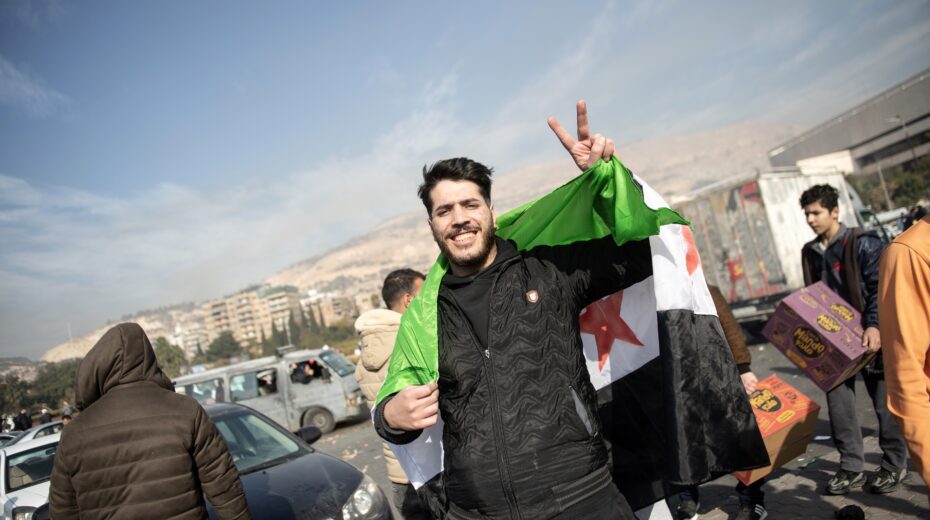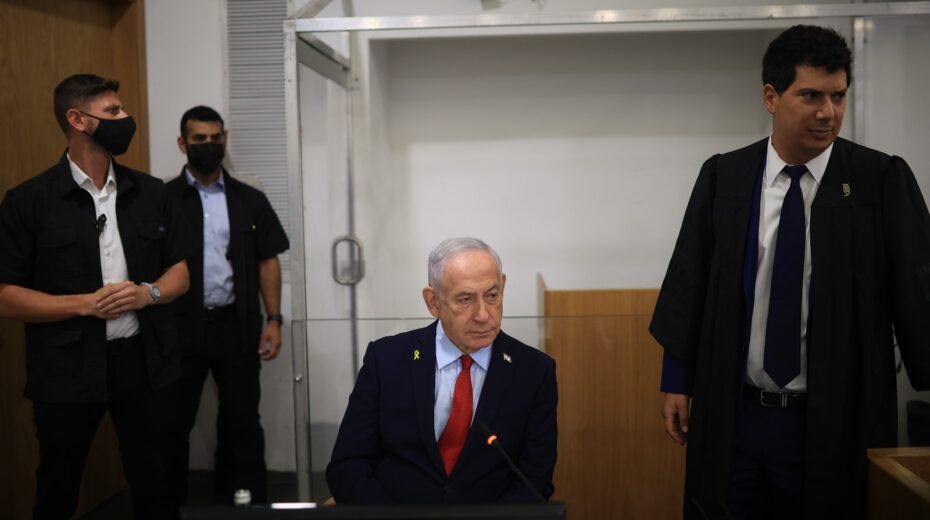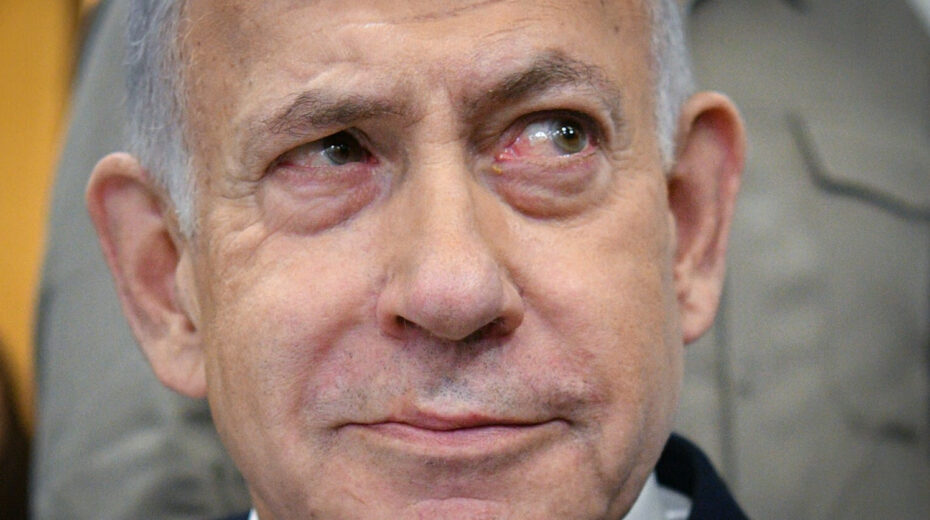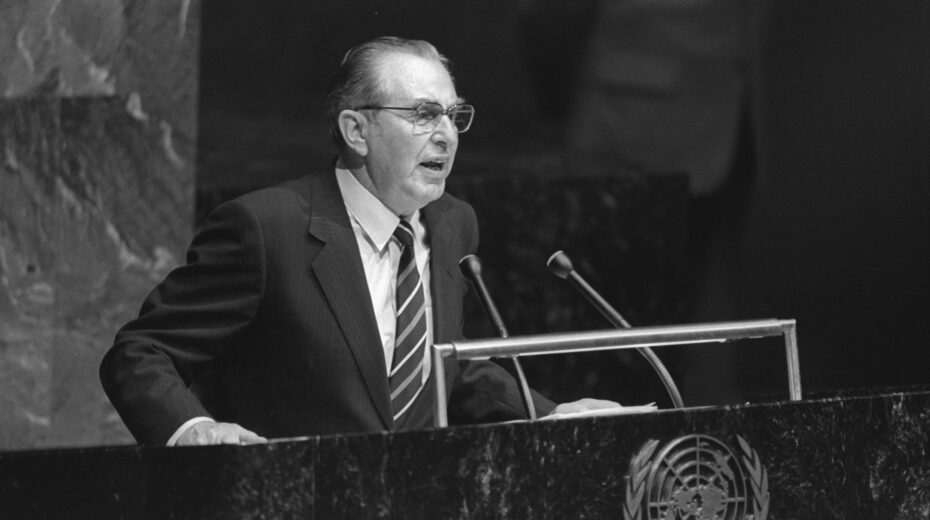There is no doubt that the regime of Syrian President Bashar al-Assad collapsed faster than anyone expected. In fact, everyone abandoned Assad – first and foremost his own soldiers. The army did not fight. The ordinary soldier, whose salary is about $50 a month, took off his uniform and joined either the rebels or the civilians.
Turkey only turned its back on Assad years ago, it ended up aiding the Islamist factions, funding and arming them for years. Some say it guided them and developed the plan for the surprise offensive that ultimately led to Assad’s overthrow.
Russia also abandoned Assad. The historic alliance that lasted more than 60 years broke down. Moscow did not support Assad in his most critical hour and did not order its military aircraft to drop bombs on the rebel factions. Some say Russia is exhausted by the war in Ukraine; others claim that Moscow betrayed and sold out Assad as part of a deal between the US, Russia, Turkey, and Israel. The main points of the deal are Israel’s demand to cleanse Syria of all Iranian militias, and in return Russian President Vladimir Putin will be given a free hand in Ukraine. Turkey is to repatriate the Syrian refugees who have plagued it for over a decade. Everyone benefits.
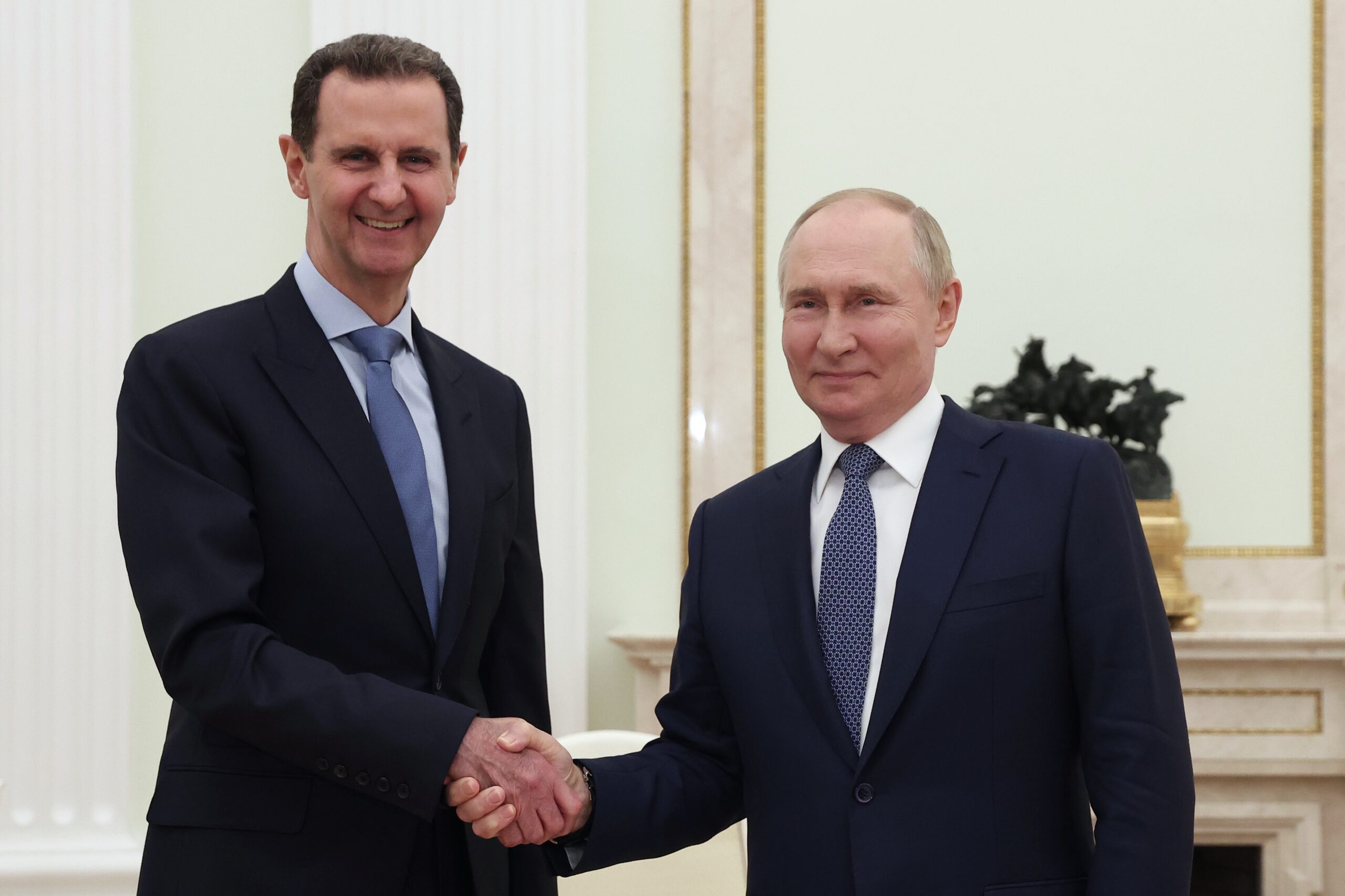
But what about Iran? Why did Iran abandon Assad? Iran did not send thousands of Revolutionary Guard troops to save its old ally, nor did it send Iraqi militias. As for Assad’s ally Hezbollah, the organization could not withstand the tens of thousands of fighters of the rebel Islamist factions. Weakened, wounded, and even humiliated by the war with Israel, today’s Hezbollah is not the same as it was in 2015. Moreover, it can be assumed that Hezbollah’s failure in the “Swords of Iron” war encouraged the Islamist factions to seize their opportunity. After realizing Iran’s weakness and Hezbollah’s defeat, the Islamist factions, with Turkish support, conquered city after city within a week and overthrew the regime of Bashar al-Assad. The key question now is whether this is good for Israel.
In fact, before Bashar took the “throne” 24 years ago, Syria was a stable country under his father, Hafez al-Assad. Even before the invasion of the Islamist factions, the country was in an economic emergency unprecedented in Syria’s history, as well as tensions and protests in almost all regions: in the south among the Druze, in the north in the Turkish-occupied areas, and even among the Kurdish forces. Only the capital Damascus remained stable thanks to strong security controls and protection from attacks.
Under Bashar al-Assad, Syria became an Iranian province. Iran developed missiles, opened laboratories, and produced weapons. It transported numerous weapons and ammunition directly to Hezbollah via Syria. The Israeli Air Force has carried out over 500 air strikes in recent years, almost all against Hezbollah and headquarters of the Revolutionary Guards. The Syrian army was hardly attacked. The conflict between Israel and Iran took place mainly on Syrian soil. Bashar established a Shiite corridor from Tehran through Baghdad to Damascus and Lebanon. Iraqi and Shiite militias settled in Damascus, changing its face and making it resemble an Iranian city. Hezbollah flourished under Bashar, receiving weapons and equipment directly from Tehran. Its headquarters were in Syria, particularly in Al-Qusair, a strategic city about 30 kilometers south of Homs. But all that is now a thing of the past.
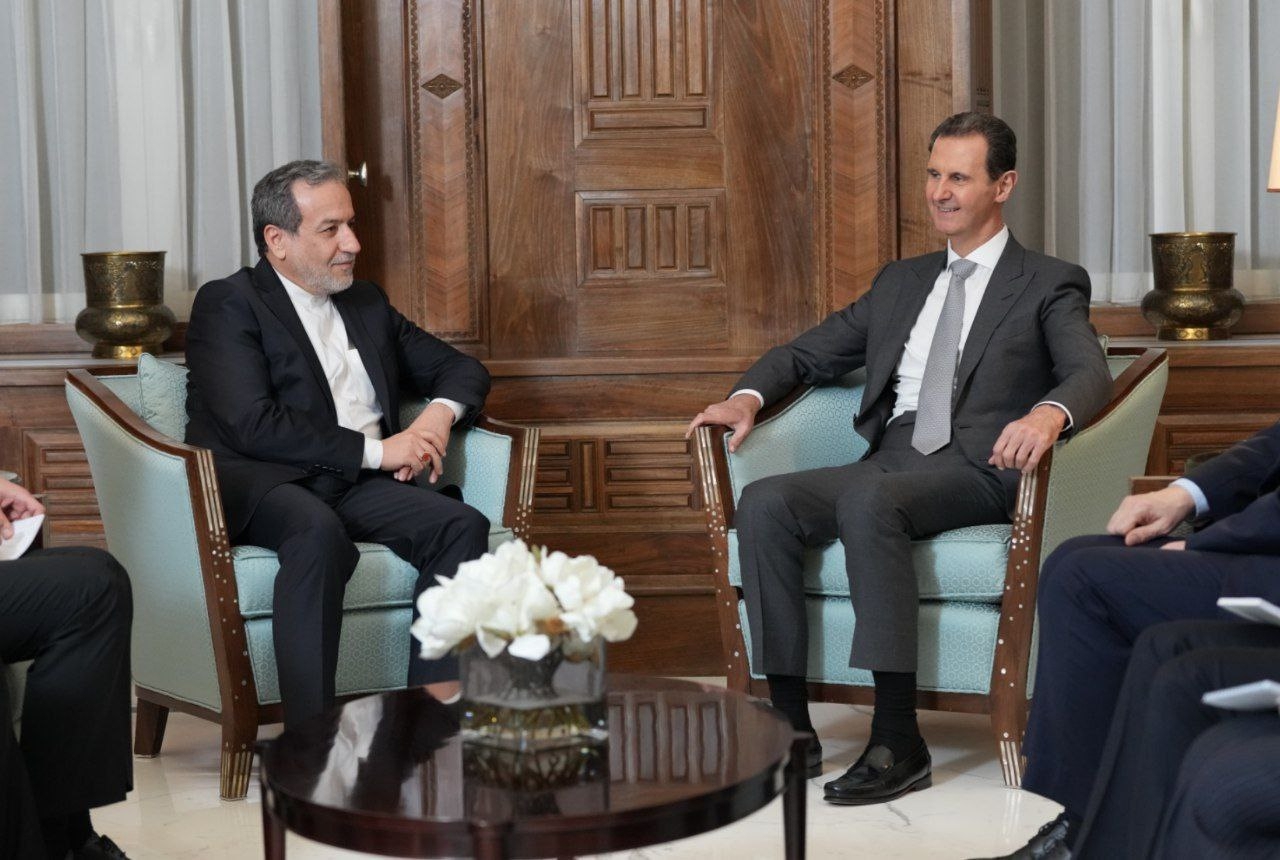
After Bashar
Analysis of the role of Iran and the alliance with Bashar Assad shows that he brought Iran into Syria – a development that harmed Israel. The key question is whether the Islamist factions will be better for Israel. Opinions differ. Objectively speaking, after the fall of the Assad regime, there is no realistic prospect that anyone in Syria will cooperate with Iran. Thousands of Iraqi militiamen and Revolutionary Guard fighters have already left Syria or will do so soon. Whoever becomes the next president of Syria will most likely not cooperate with Iran. The alliance between Assad and Iran has brought Syria to ruin – a fact that could be positive for Israel. The Israeli Air Force will no longer have to attack weapons depots or transports from Iran and Iraq.
At the same time, Assad refrained from attacking Israel directly in the past. Under him and his father, the Golan Heights remained quiet. Syria did not actively reclaim the Golan Heights, giving Israel time and opportunity to invest in and develop the region.

A new and unclear era
The Islamist factions today appear more moderate to the West. There are no atrocities, no massacres of minorities, and no abuses as documented in the past. A Christian priest has even been appointed governor of Aleppo. Yet many questions remain: Will the Islamist factions support the Palestinian cause and organizations like Hamas? Will they demand the Golan Heights back? Or could they engage in a normalization process with Israel without preconditions? And what about the extremists who could potentially demand the “liberation” of the al-Aqsa Mosque from Israeli control? It remains to be seen how the situation develops. The answers to these questions will become clearer in the coming months.


